Measles : A Highly Contagious Viral Infection
1. What is Measles ?
Measles is a highly contagious viral infection caused by the morbillivirus, a member of the paramyxovirus family. It typically affects children, but unvaccinated adults are also at risk. Measles presents with fever, rash, and respiratory symptoms and can lead to serious complications if not properly managed.
Thanks to global vaccination programs, measles cases have significantly decreased. However, due to vaccine hesitancy and incomplete immunization, outbreaks still occur in certain regions.
2. How is Measles Transmitted?
Measles spreads through the airborne route. When an infected person coughs, sneezes, or talks, virus-laden droplets are released into the air. The virus can also survive on surfaces for several hours.
-
Incubation period: 7–14 days
-
Contagious period: From 4 days before to 4 days after the appearance of the rash
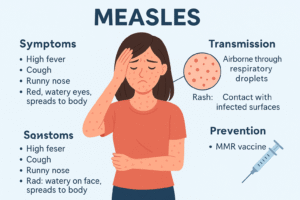
3. What Are the Symptoms?
Measles usually progresses in three phases:
🧠 Early Stage (Incubation and Prodrome):
-
High fever (38–40°C / 100.4–104°F)
-
Dry cough
-
Runny nose
-
Red, watery eyes (conjunctivitis)
-
Koplik spots: Small white lesions on the inner cheeks, unique to measles
🧴 Second Stage (Rash Phase):
-
Red rash starting on the face and spreading to the body
-
Rash lasts about 5–6 days
-
Fever may peak during this stage
🛌 Recovery Phase:
-
Fever subsides, rash fades
-
Fatigue may persist for some time
4. Possible Complications
Although measles often resolves on its own, it can cause serious complications:
-
Ear infections (otitis media)
-
Pneumonia
-
Diarrhea and dehydration
-
Brain inflammation (encephalitis)
-
Subacute sclerosing panencephalitis (SSPE): A rare but fatal brain disorder occurring years after infection
Complications are more likely in young children, pregnant women, and immunocompromised individuals.
5. How Is It Diagnosed?
Measles is mainly diagnosed through clinical symptoms, but may also involve:
-
Blood tests for IgM antibodies
-
PCR testing from throat or nasal swabs
-
Observation of Koplik spots is often a strong indicator
6. Treatment Options
-
Fever reducers (paracetamol or ibuprofen)
-
Plenty of fluids
-
Rest and comfort measures
-
Eye and nasal care
-
Vitamin A supplements (especially in children to boost immunity)
7. How to Prevent Measles?
The most effective protection against measles is vaccination. It is typically administered as the MMR (measles-mumps-rubella) vaccine:
-
First dose: 12–15 months
-
Second dose: 4–6 years
-
Effectiveness: Up to 97% protection
Other preventive measures include:
-
Avoiding crowded places during outbreaks
-
Ensuring vaccination before traveling
-
Minimizing contact with infected individuals
8. Where is Measles Most Common?
Measles is most prevalent in:
-
Countries with low vaccination coverage
-
Refugee camps and impoverished communities
-
Regions with weak healthcare systems
In recent years, measles outbreaks have increased in parts of Europe, the Middle East, South Asia, and Africa, mainly due to vaccine hesitancy and lack of access.
🔚 Conclusion
Measles is a highly infectious yet preventable disease. Vaccination, public health education, and early diagnosis are the key strategies in controlling its spread. Supportive care and vigilance for complications can significantly improve outcomes for those affected.
Don’t forget to follow our page for similar diseases and treatments.
https://www.firstdisease.com/
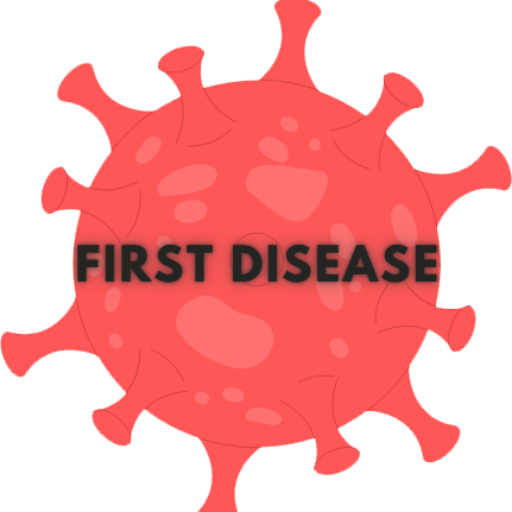

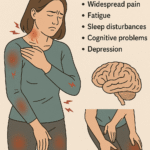
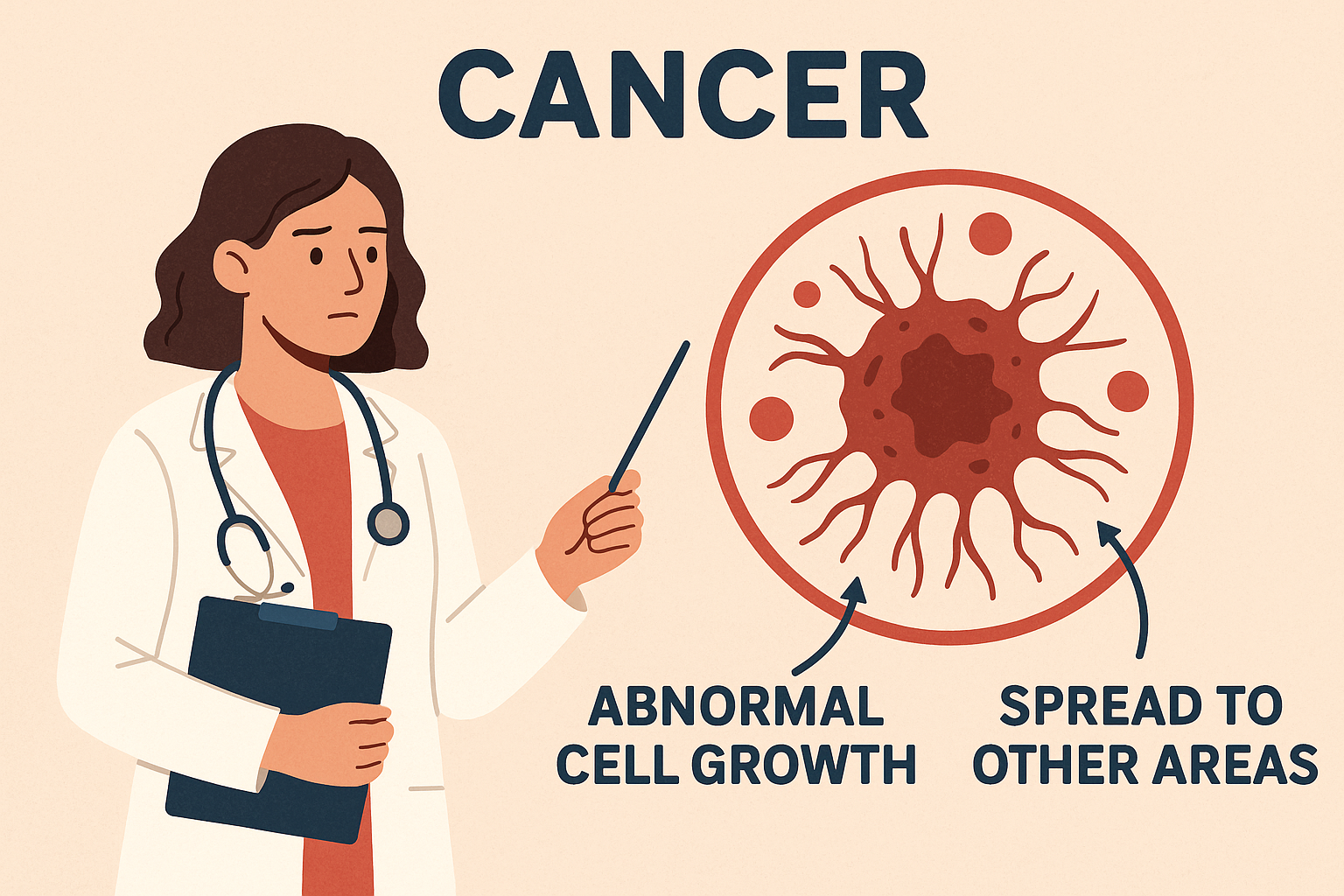

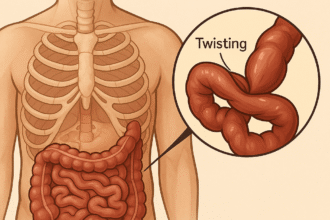
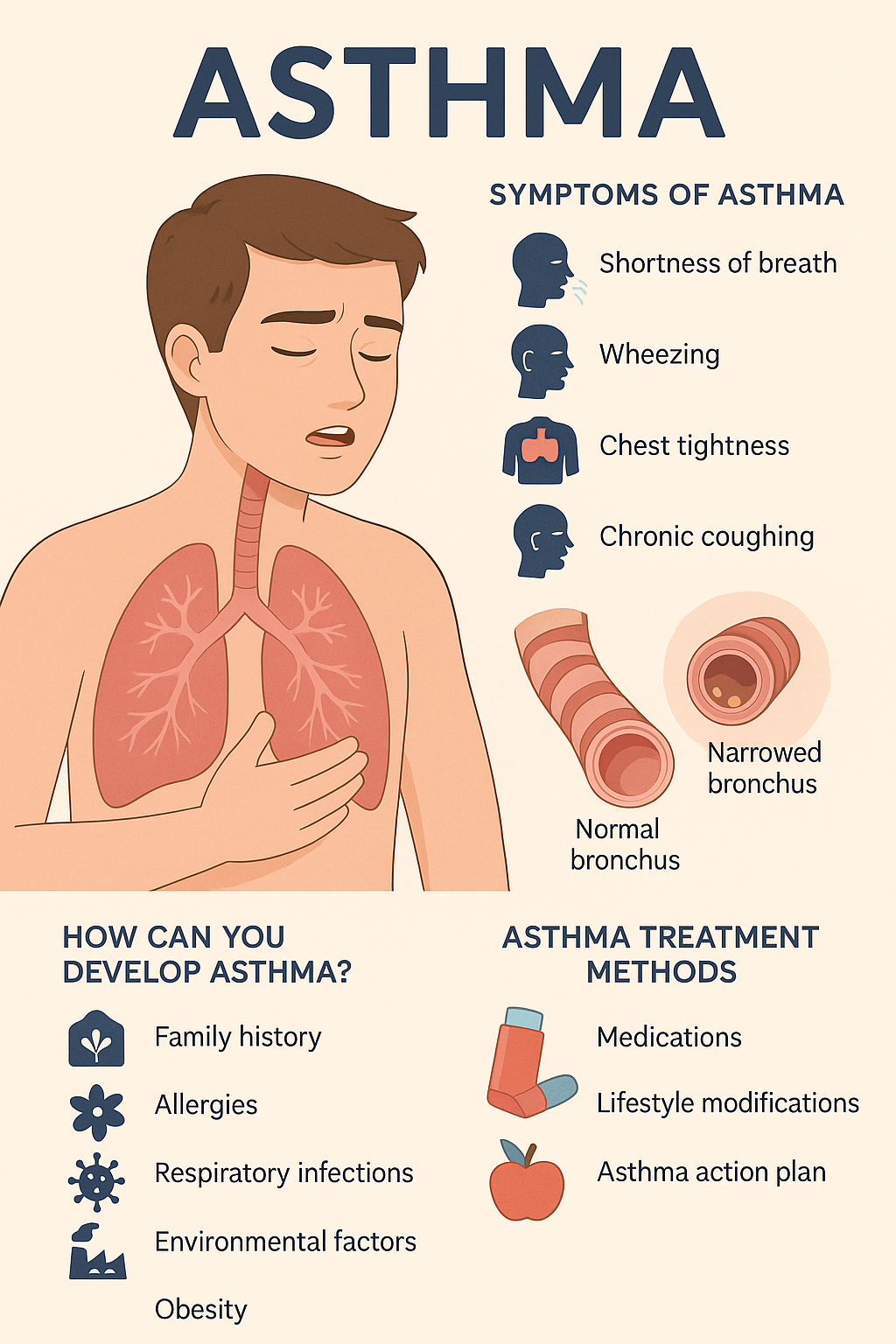

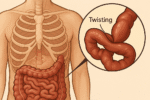

One Comment